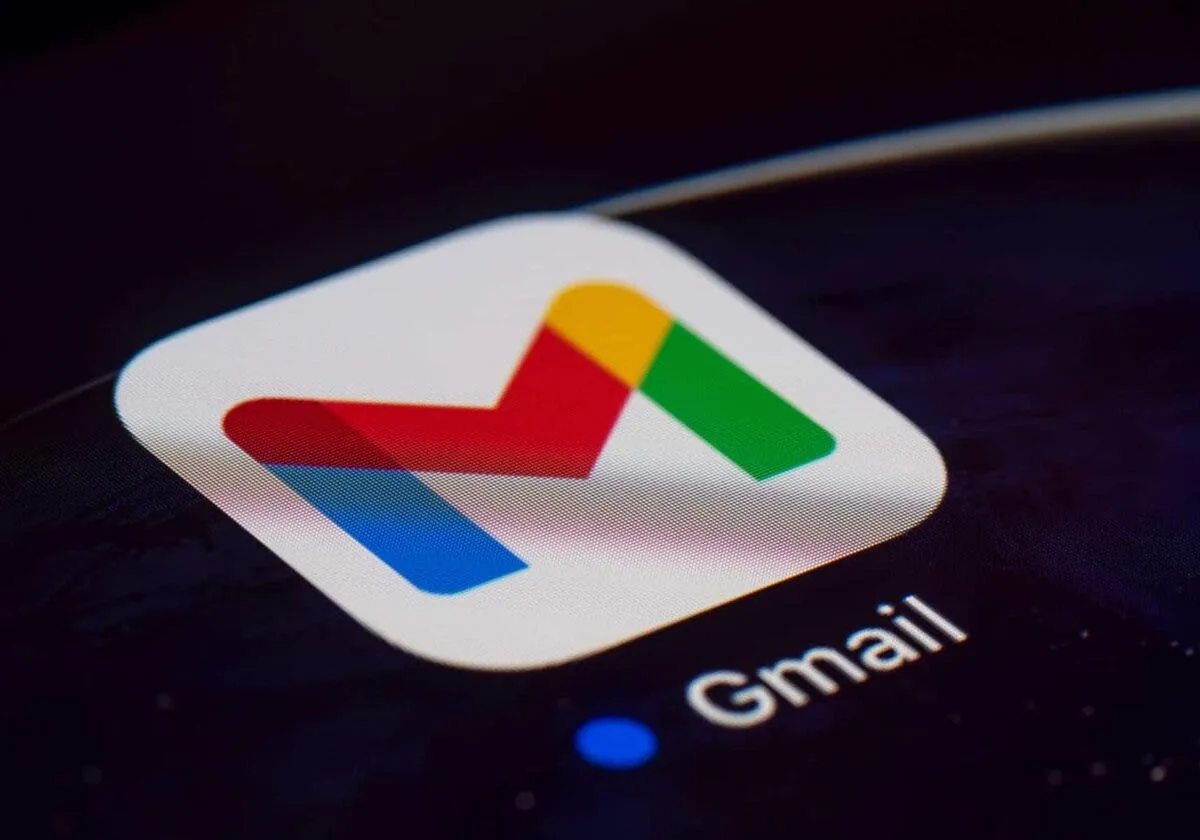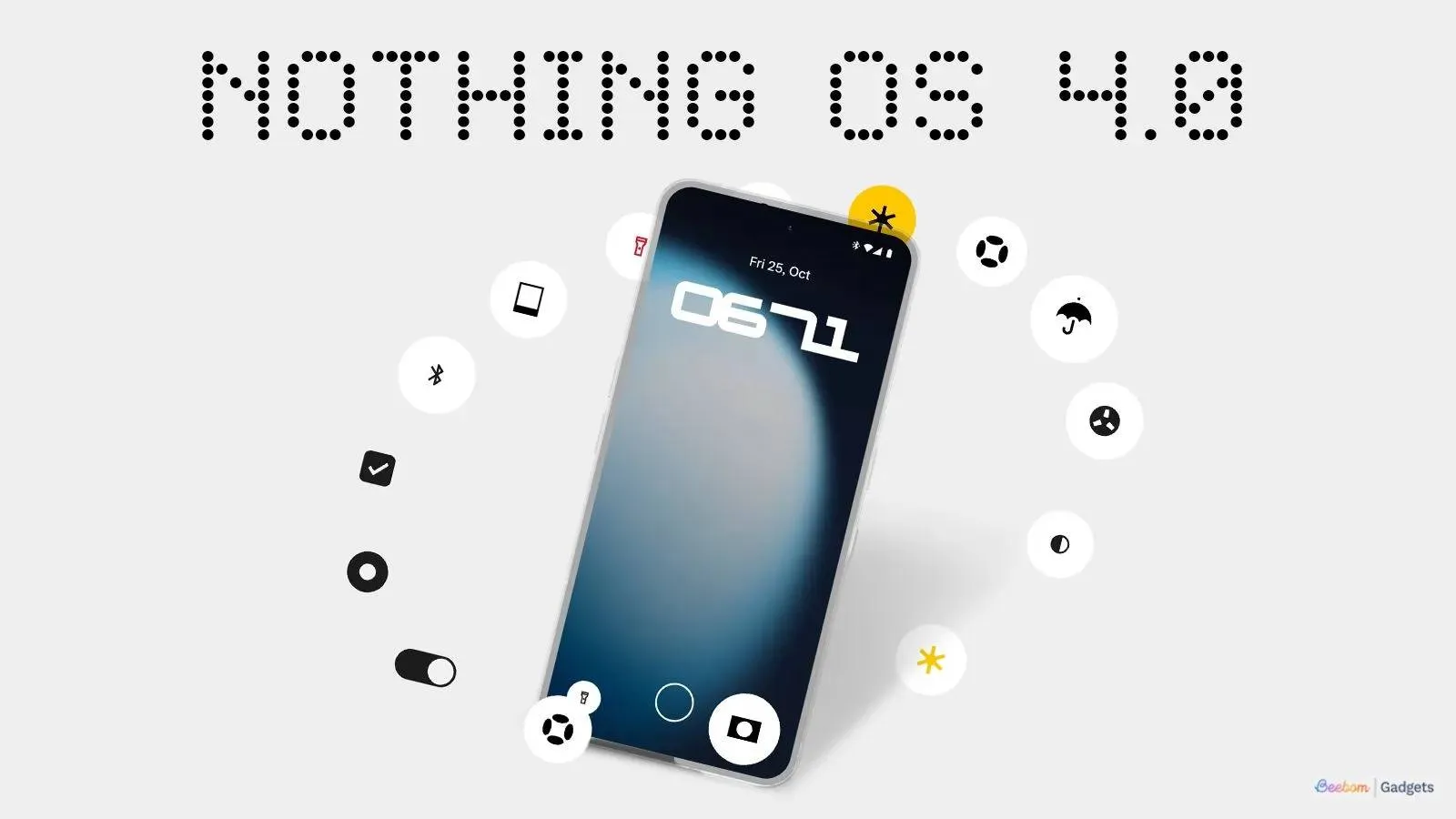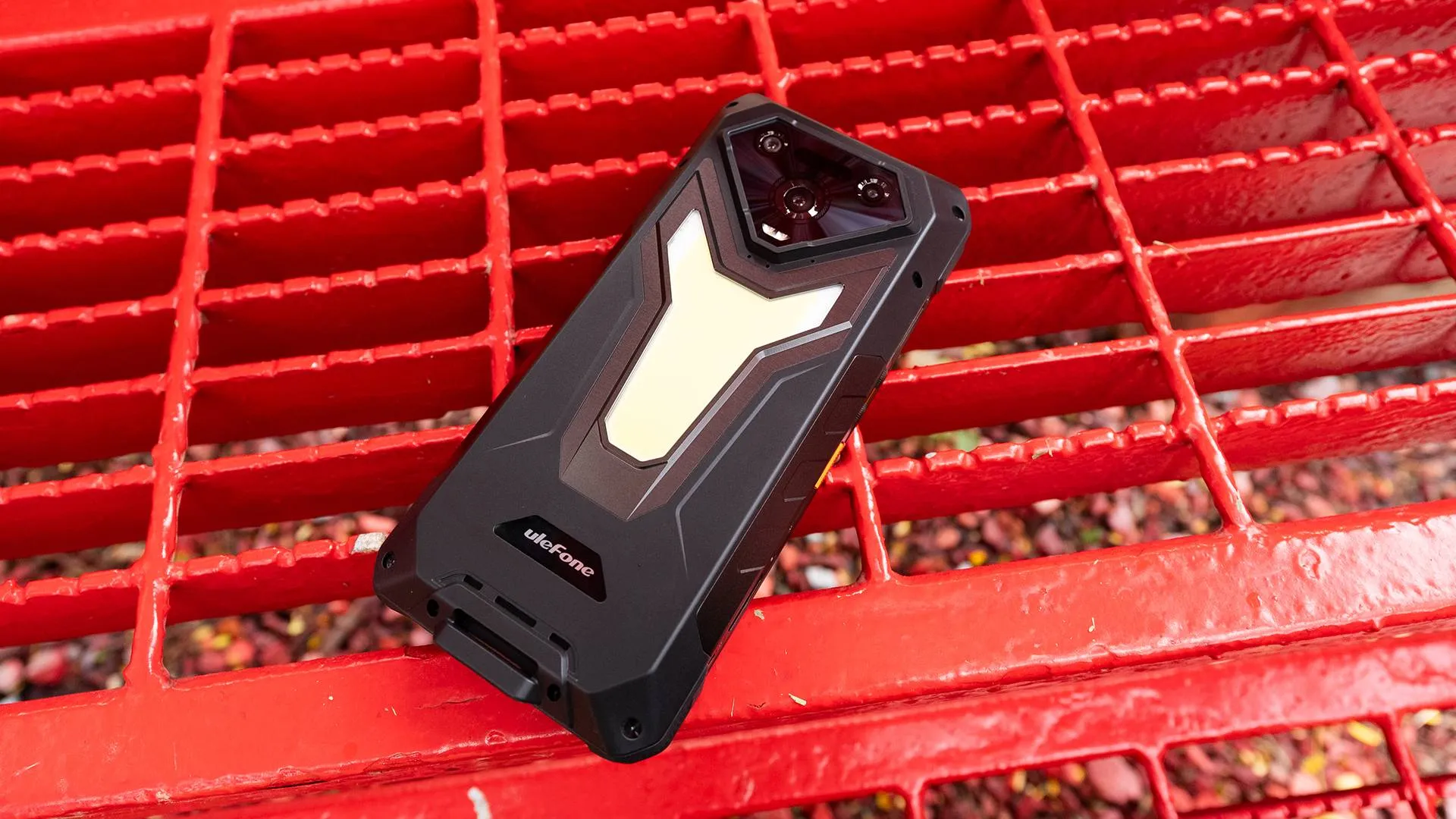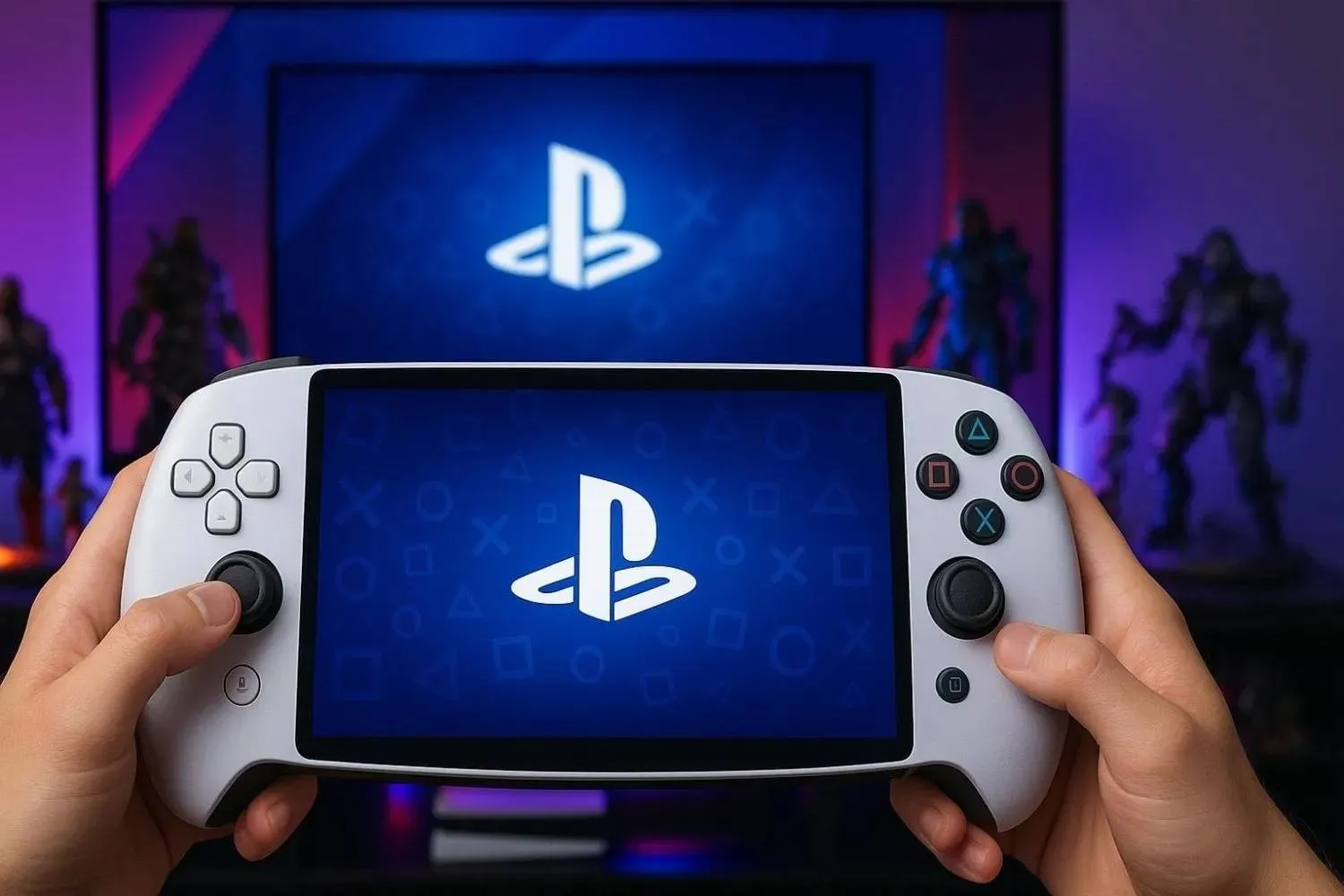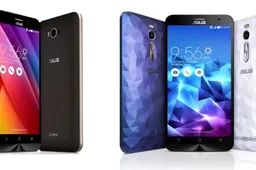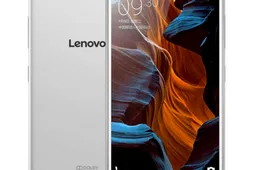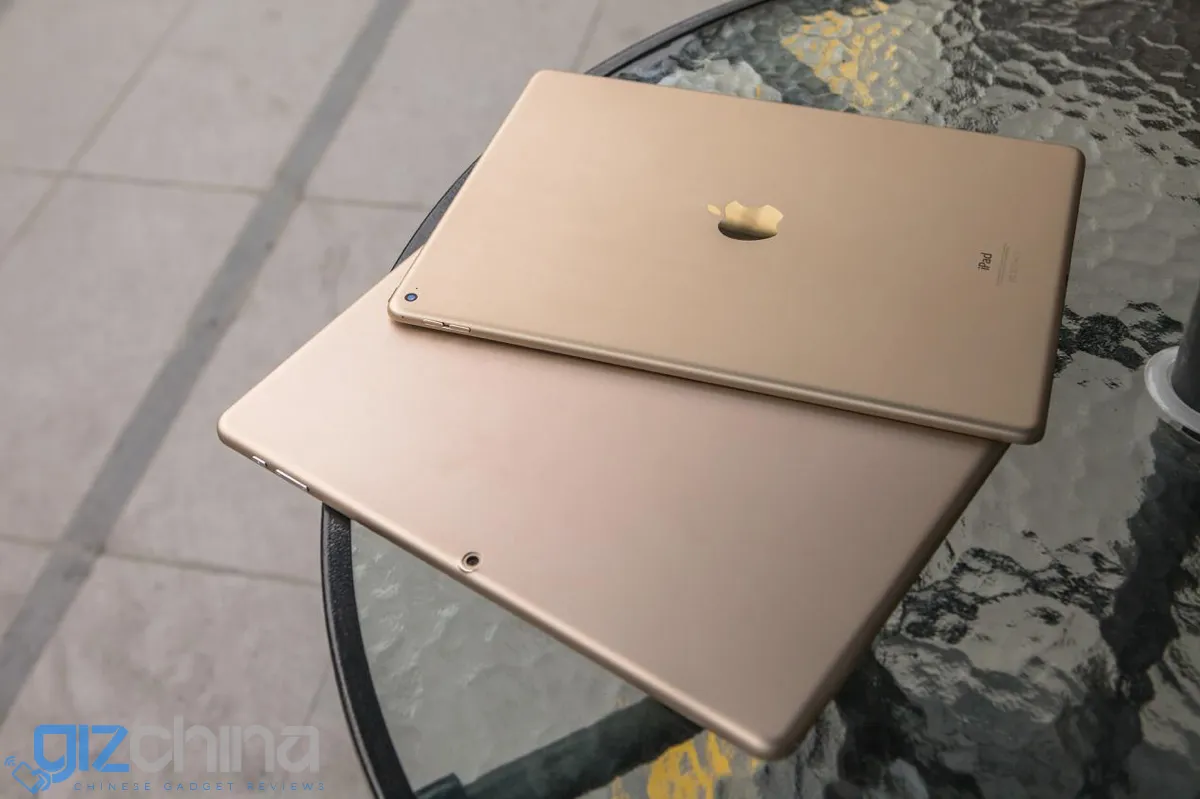
Tablets are getting bigger for 2016 and two of the largest have met in the flesh. Take a look at the iPad Pro and the new Chuwi Hi12 tablet.
When tablets became a consumer product the idea behind them was to be simply used for media consumption. The iPad and various Android tablets quickly became more popular, but now hardware has gotten smaller and more powerful we can ask our touch screen slates to do a little more.
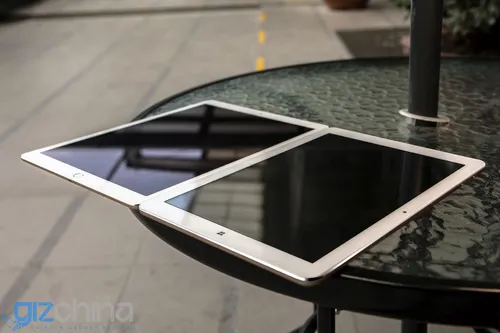
Here we see the iPad Pro with China's Chuwi Hi12 tablet side by side. Seeing the two tablets next to each other it really is incredible how thin Intel powered tablets have become.
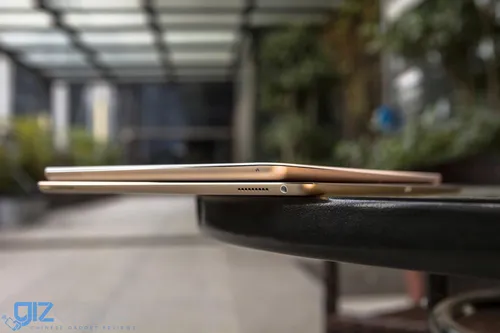
Like the iPad Pro, the Chuwi Hi12 has a 12-inch display, and a thin gold all alloy body, but runs Windows 10 on it's Intel X5 Series Cherry
Chuwi Hi12 Specification Highlights
- 12.0 Inch 2160 x 1440
Screen Resolution - Intel X5 Series Cherry
Trail Z8300 CPU - Windows 10 + Android 5.
1 Dual OS - 4GB RAM + 64GB ROM (micro SD support)
- 2MP
Front Camera, 5MP Back Camera - 11000mAh Battery
The Chuwi Hi12 is on pre-sale at the moment for $249.99 and we have been told to expect a sample for review so keep your eyes peeled.
Popular News
Latest News
Loading
